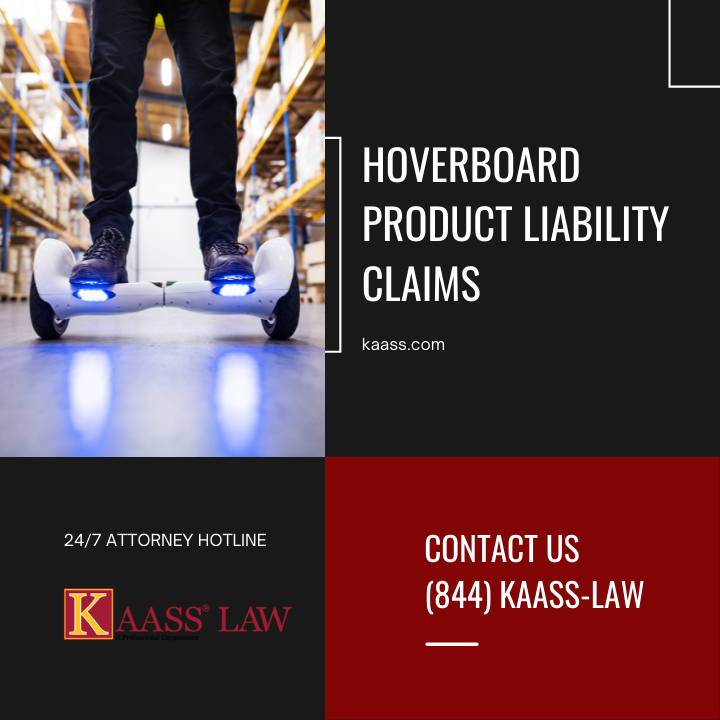A few years ago, hoverboards had been introduced to the public. They began to quickly gain fame as most teenagers started purchasing the product. However, many problems arose during that time. Let’s discuss them.
What is a Hoverboard?
A hoverboard is a way of portable transport, made to ride with only feet. They are commonly known to be “self-riding scooters”. Hoverboards came to be the “next big thing” at the time of their release. With it being technologically activated, there came along a variety of issues with the product.
Hoverboard Technology Crashing and Loss of Control
With the hoverboard being the new portable way of transit, technology was highly relied on during the use of this product. An example of a defect in technology included the hoverboard coming to an immediate stop. Now, this may not sound so bad, however, the damages it led to have been far more serious. To further elaborate, let’s discuss how the hoverboard is driven.
To ride a hoverboard, you must place your two feet in the two given spots. To be able to move the hoverboard forward or backward, you must lean forward and backwards, respectfully. To turn in direction, the body weight must transfer to one leg while the other maneuvers the opposite leg to start turning.
This applies to both sides while you are turning. So, if someone were to be riding the hoverboard and going in a forward motion and suddenly the hoverboard comes to an immediate stop, there are a countless number of physical damages that may arise in the midst of this accident. Technology crashing may also lead to a loss of control.
Issues with Hoverboards
Some issues with the hoverboard include:
- Manufacture defect
- Technology crashing
- Loss of control
- Advertising Expectations
California Hoverboard Product Liability Lawsuit
There are several possible hoverboard product defects that can exist causing injury. There are 3 theories that a product liability lawsuit can be brought under. The 3 product liability theories include:
- Design Defect: A design defect occurs when the product’s design was an initial factor causing the injury to the consumer
- Manufacturing Defect: A manufacturing defect occurs when the product deviated from design specifications and that defect was a main and initial factor causing the injury to the consumer
- Failure to Warn Defect: A failure to warn defect occurs when there is a risks known to the defendant but not clear to a consumer and the defendant’s failure to provide a reasonable warning or notice, which was an initial factor causing the injury to the consumer
California Laws and Regulations on Riding Hoverboards
California hoverboard or electrically motorized board riders should be aware that there are California laws that govern its use. Some of these California hoverboard laws include but are not limited to:
- Hoverboard riders are permitted to ride on public highways and roadways designated at 35 mph or less;
- Hoverboard riders must be at least 16 years or older to ride on public highways/roadways;
- Riders are not allowed to operate hoverboards on a highway, bikeway, or any other public bicycle path, sidewalk, or trail, at speeds over 15 mph;
- Hoverboard users are required to wear a helmet; and
- It is illegal to operate a hoverboard while under the influence of alcoholic beverages or any drug
Personal Injury Attorney
If you or someone you know has been injured from a hoverboard, don’t hesitate to contact our Los Angeles personal injury attorney today at (310) 943-1171 for a free consultation and case review.

